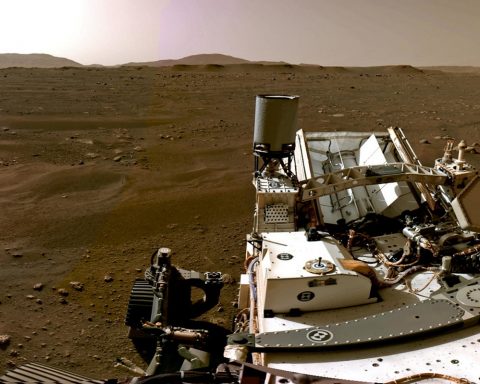Space, a highly strategic theatre
READ IN UP' : Donald Trump's America wants a space army. Issues and dangers.
The big traffic jam
READ IN UP' : Oops! India sends a missile to destroy a satellite and endangers the space station...
Space Force
Space Pearl Harbour
READ IN UP' : Is peace in space threatened?
Space Rush
READ IN UP' : The U.S. Senate votes for the commercial exploitation of space. Welcome to the Space Wild West...

Anything to add? Say it as a comment.












